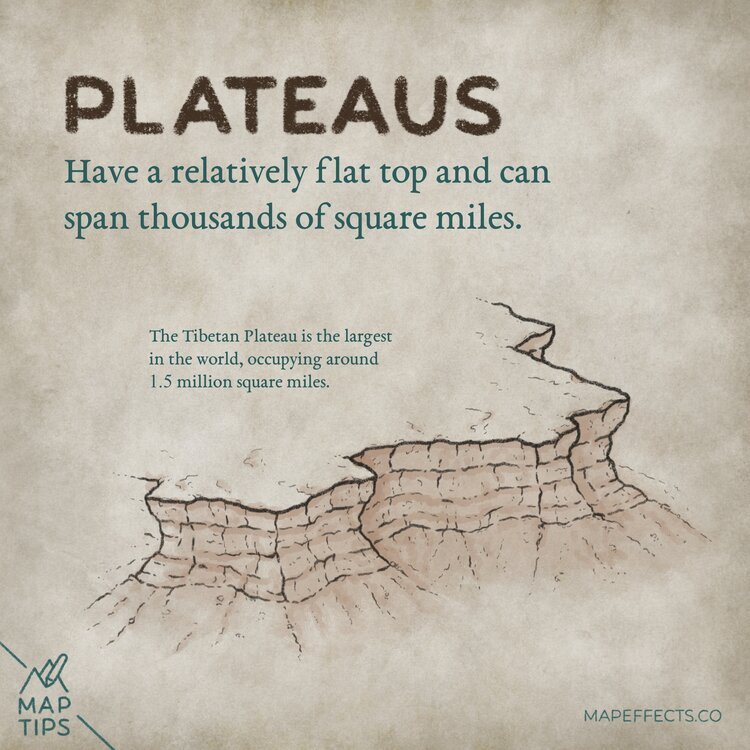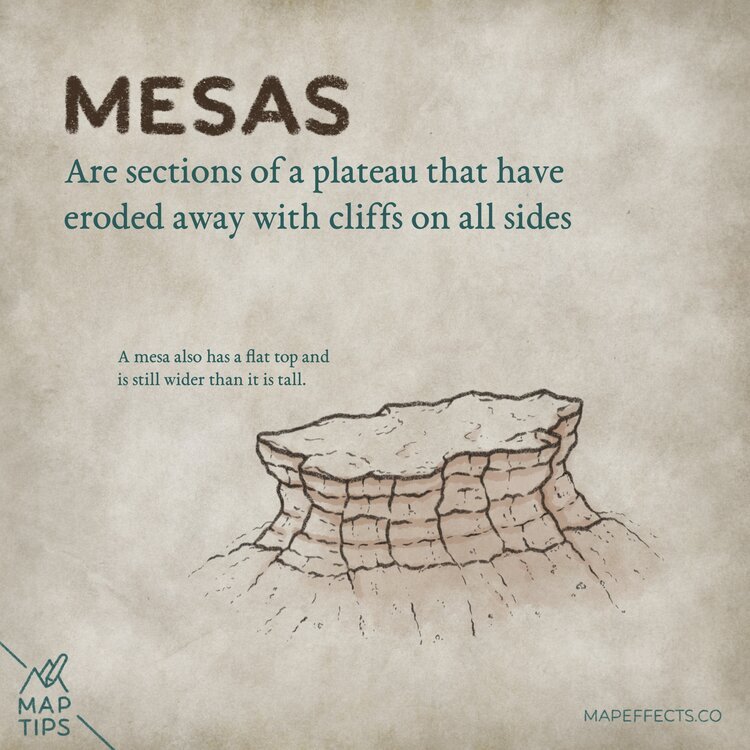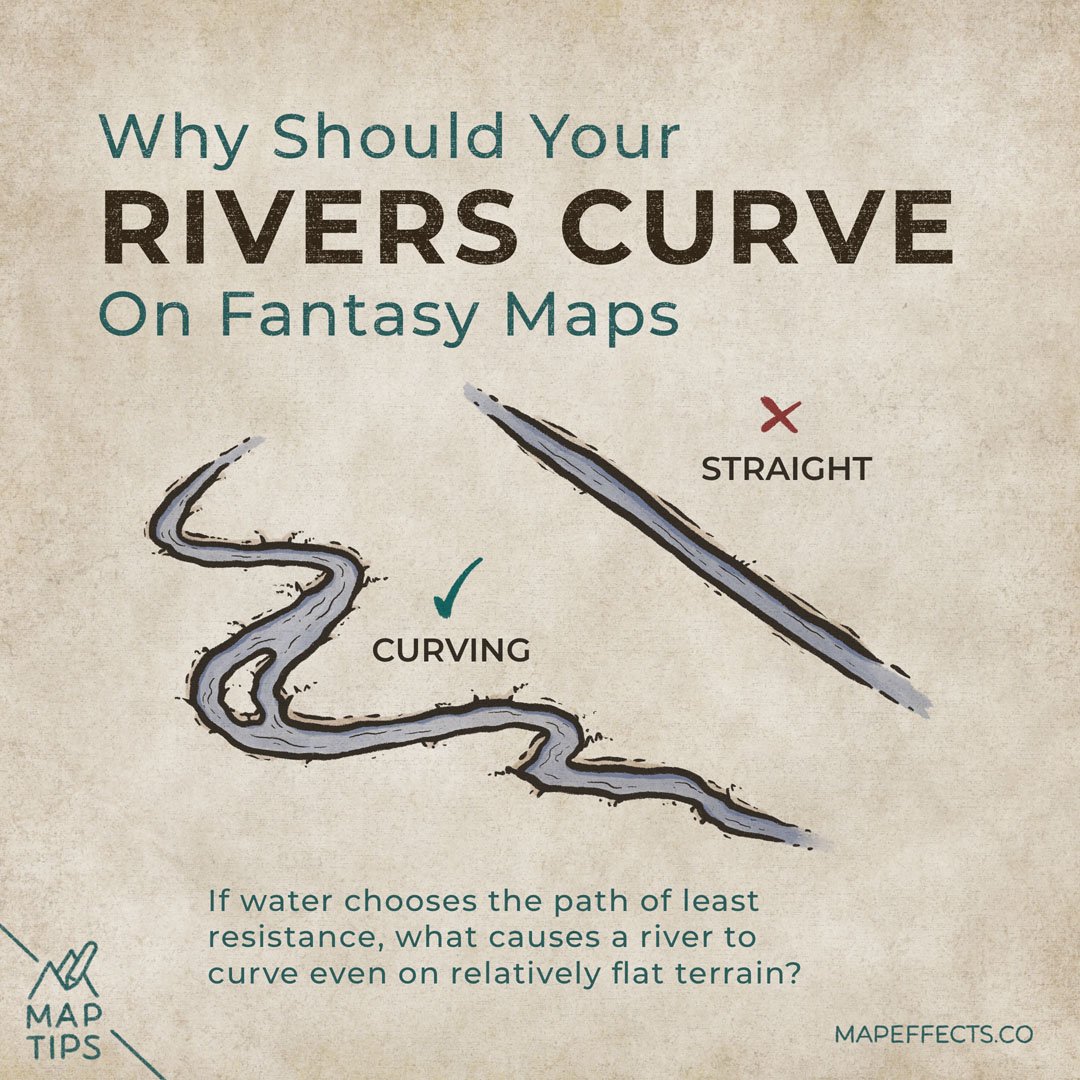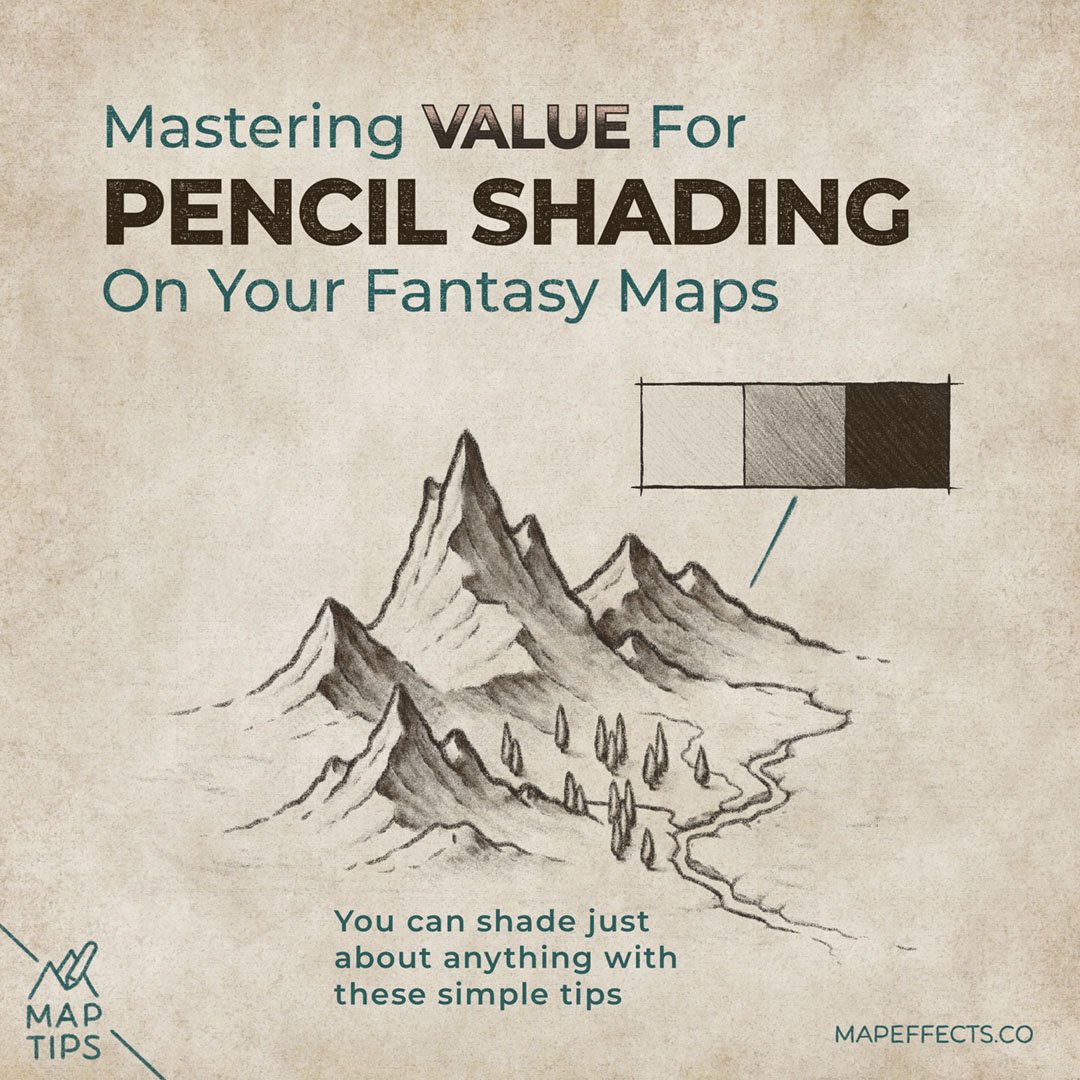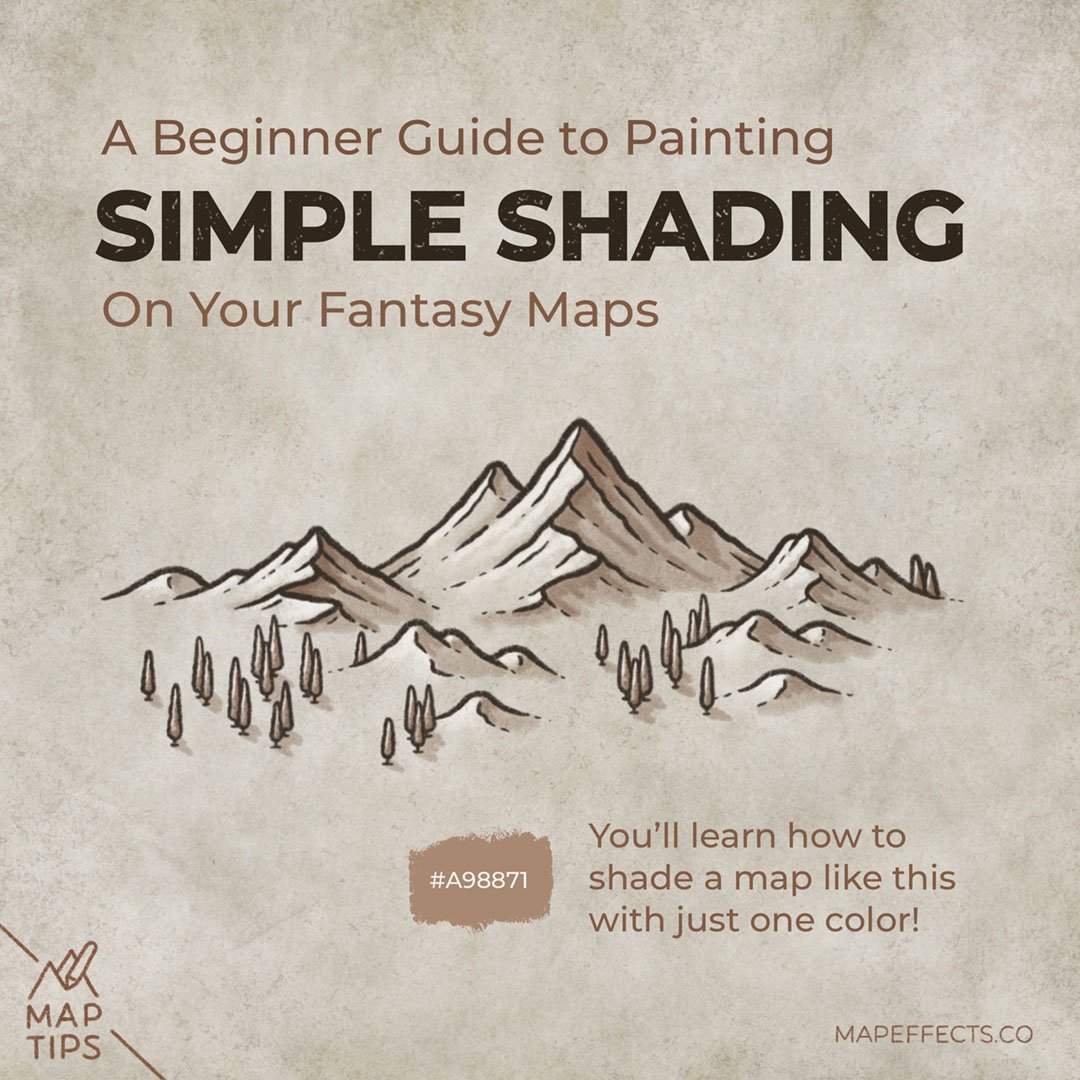Plateaus, Mesas, & Buttes - What’s The Difference?
Plateaus, mesas, and buttes can look very similar and it can be a challenge to know the difference. Things become even more confusing when you listen to the average person describe these cliff formations, because they’ll often use the names interchangeably. So how can you tell the difference so you know what to name them on your fantasy map? Much of it comes down to the overall size, but there are a couple other things simple things to keep in mind which will help you distinguish them.
What’s a Plateau?
Plateaus are an elevated area with a relatively flat top and cliffs on one or multiple sides. One key distinction with plateaus is the cliffs don’t necessarily have to go all the way around but may taper gradually into the surrounding landscape. This distinguishes it in many ways for a large mesa.
A single plateau can be quite large and span thousands of square miles. The Tibetan Plateau is the largest in the world, occupying around 1.5 million square miles.
What’s a Mesa?
A mesa is very similar but is really a section of a plateau that has eroded away by water removing the rock so that it now has cliffs on all sides. Though generally considered smaller than a plateau, it should still be wider overall than it is tall.
Mesas are generally found in arid regions with horizontal layers of sedimentary rock that makes up the cliffs. The top of the mesa is called the caprock, this upper layer is often harder and more resistant to weathering or erosion.
Cartographer’s Liner Brush Field Kit
$29 | For Procreate, Photoshop, & Clip Studio Paint
Want the brushes I am using for this Map Tip? The Cartographer’s Liner Brush Field Kit contains 21x unique liner brushes designed to give an analog quality to your digital work.
What’s a Butte?
Once again, a butte is very similar to a mesa. The main difference comes down to the overall size and that it has eroded away to the point it is now taller than it is wide.
Buttes generally still have the caprock intact, but eventually this also begins to wear away so that you might see buttes with more rounded or pointed tops.
If You Were Wondering…
The area surrounding the cliffs where fallen rock debris collects is known as scree or talus.
I hope you found this little Map Tip helpful in your journey to map your story. If you want to support Map Effects and help other map makers, be sure to share this with someone who will find it helpful and pin it to save for later!
Happy Mapping!
- Josh


